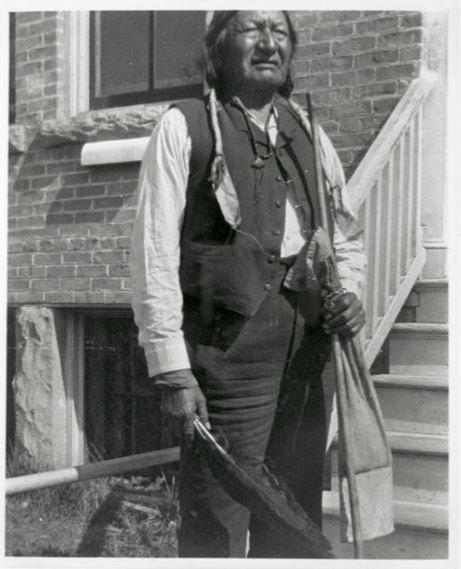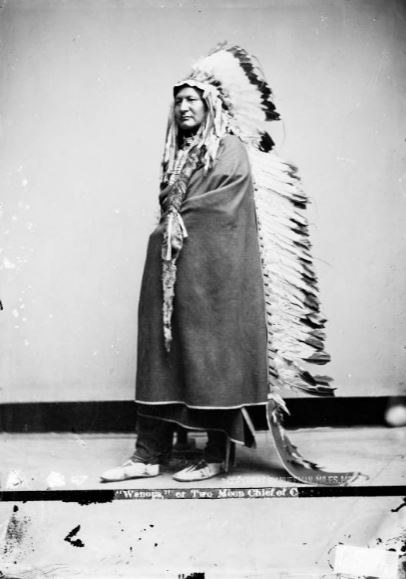Montana Native American Boarding Schools
Native American Leaders
Both exhibits are based on images that have been digitized by the Montana Memory Project. The exhibits are great in their entirety, but they are also a great way to find images of boarding schools or Indian leaders--and you can download and specific images by "right-clicking" (make sure to copy the provenance!)
With help from Mike Jetty at the Indian Education Division of the Office of Public Instruction, Jennifer has come up with some great discussion questions. I especially like the questions and context provided for the Indian Leaders exhibit. As Jennifer explains, the "image titles and descriptions in this presentation were supplied by the library, museum, or archive that shared the image with the MMP" and the titles and descriptions were often created by the original photographer. Because of this, "items may not be described in appropriate terms or without bias." She's come up with a great set of questions to help students think about the images, and titles, in context, including:
- What does it mean to catalog an item? Why does cataloging not take into account cultural rules?
- What terms in the description of Chief Big Rock in the Chippewa Cree
- section are inappropriate? Why? Can you find other terms in the image descriptions that are cause for
- concern? Why are they an issue? What could be done to improve the descriptions?
- Look specifically at the images of Chief Koostata of the Kootenai. Ask: Who Created it? For what purpose? When was it created (what context)? Why do you suppose the photographer took these specific images?
- Examine the image of Bear Chief in the Blackfeet section. The captions on the image was created by the photographer. Why would he have given this image that specific title? How would you correct it?
- Do these images perpetuate the stoic Indian stereotype? Can you find images of Native Americans smiling or laughing?
Both Jennifer and I are interested in how you use these exhibits, and how they could be made even more useful to you, so if you use either exhibit in your classroom, let me know how it goes!
P.S. High School Teachers: If you are thinking about applying to become an MHS Teacher Leader in History, can you let me know? Learn more about the program and the application process here or email me with questions.


No comments:
Post a Comment